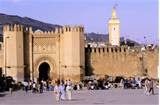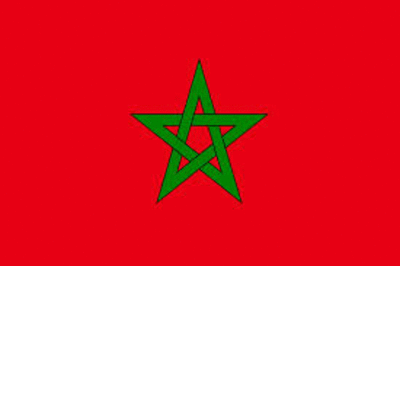
Although Morocco is a country of Africa, in many ways it is a
country apart. It is more related to the Mediterranean than to the rest
of Africa. It is mainly because of the fact that it nestles on the
northwestern of Africa and is separated from the rest of the continent
by Atlas...





























